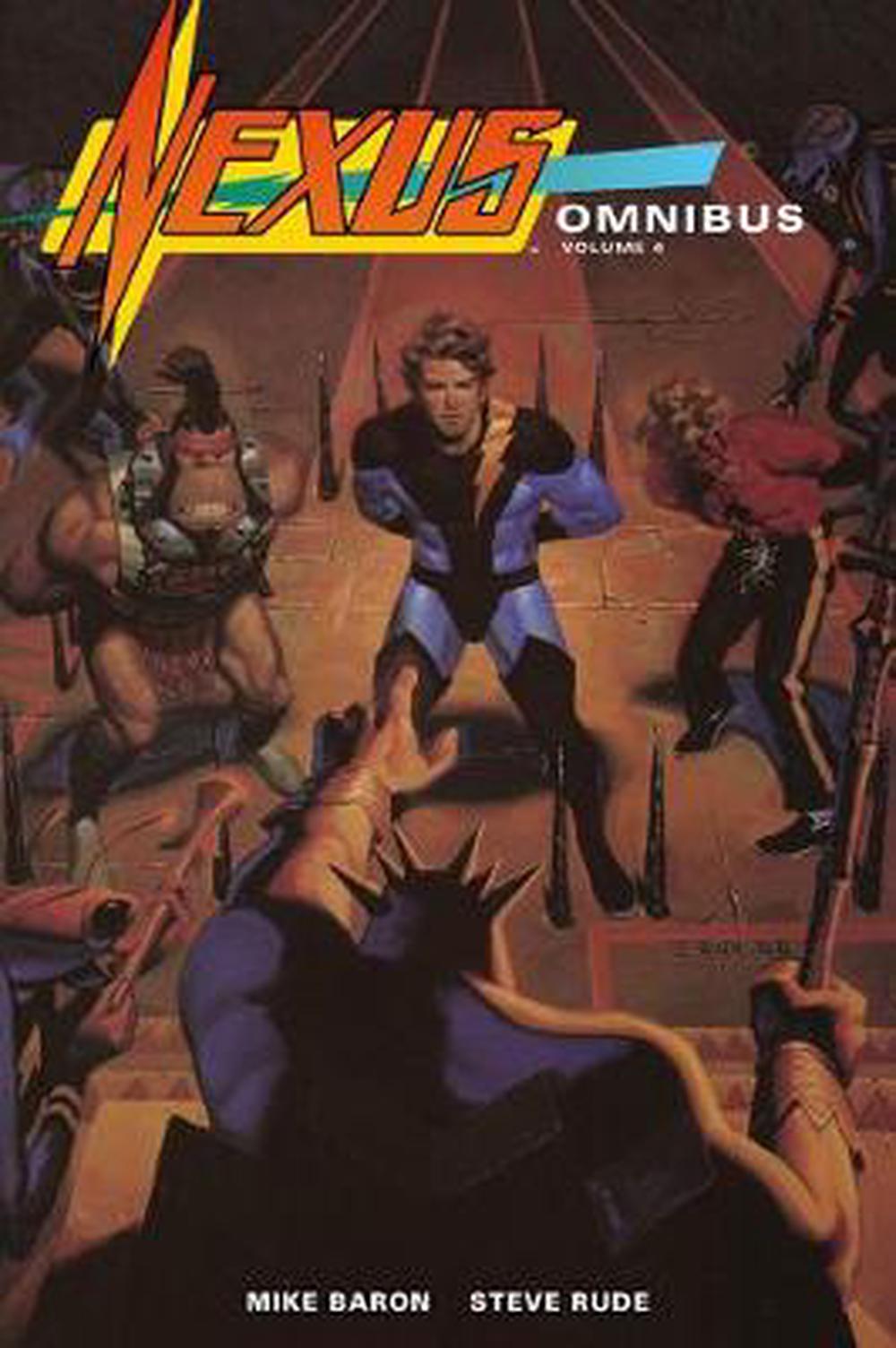


I have been thinking about that for a while, how dependent we have become on technology, that if something were to happen to the technology and it were all to go away, and we were deprived of our computerized weapons, we would be a sitting duck for the old technology. In your story, the villain uses World War II vintage weapons and aircraft against the high-tech Airwolf. That’s what Airwolf is, only in this case it’s a superhero copter. If you think of The A-Team and Knight Rider, they are tough guys with technology. It’s the milieu we grew up in - The Man from U.N.C.L.E, James Bond, I Spy - coupled with the latest in technology, which is kind of a sub-theme of shows in the '80s. It’s light PG-13 - you can allude to heinous acts but you can’t show them on the panel. When I read the previous Airwolf material, I grasped the concept right away, and the marketing and age group at which it is aimed. What sort of parameters were you given for the story, in terms of characters and continuity? They recreate the scene with fresh characters. The comics, while based on the TV show, are kind of sui generis. Shannon asked if I would be interested in writing Airwolf, and I said “Sure, I’d love to!” The first thing I did was look at the Airwolf comics they produced before.

I was aware of Airwolf because I kind of followed the career of the actor Jan-Michael Vincent. ROBOT 6: Were you a fan of Airwolf when it was first running, or was this job your introduction to it? Baron spoke with ROBOT 6 about Airwolf, Nexus and his other projects, and he threw in some advice about writing comics as well.


 0 kommentar(er)
0 kommentar(er)
